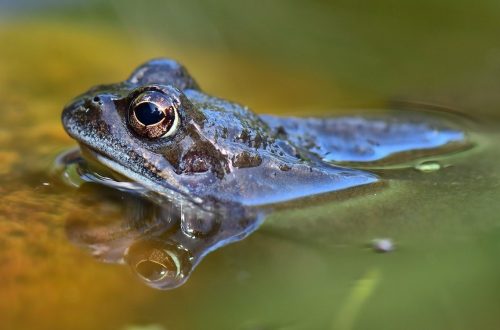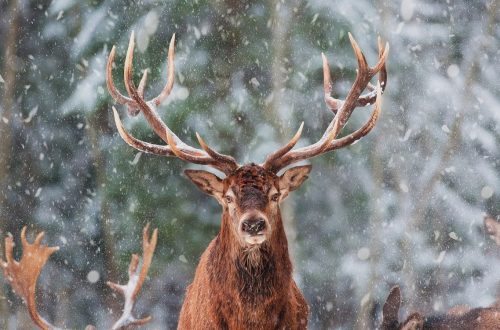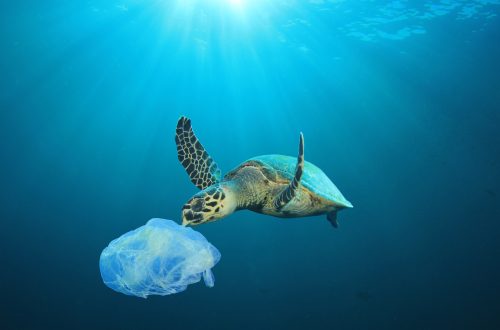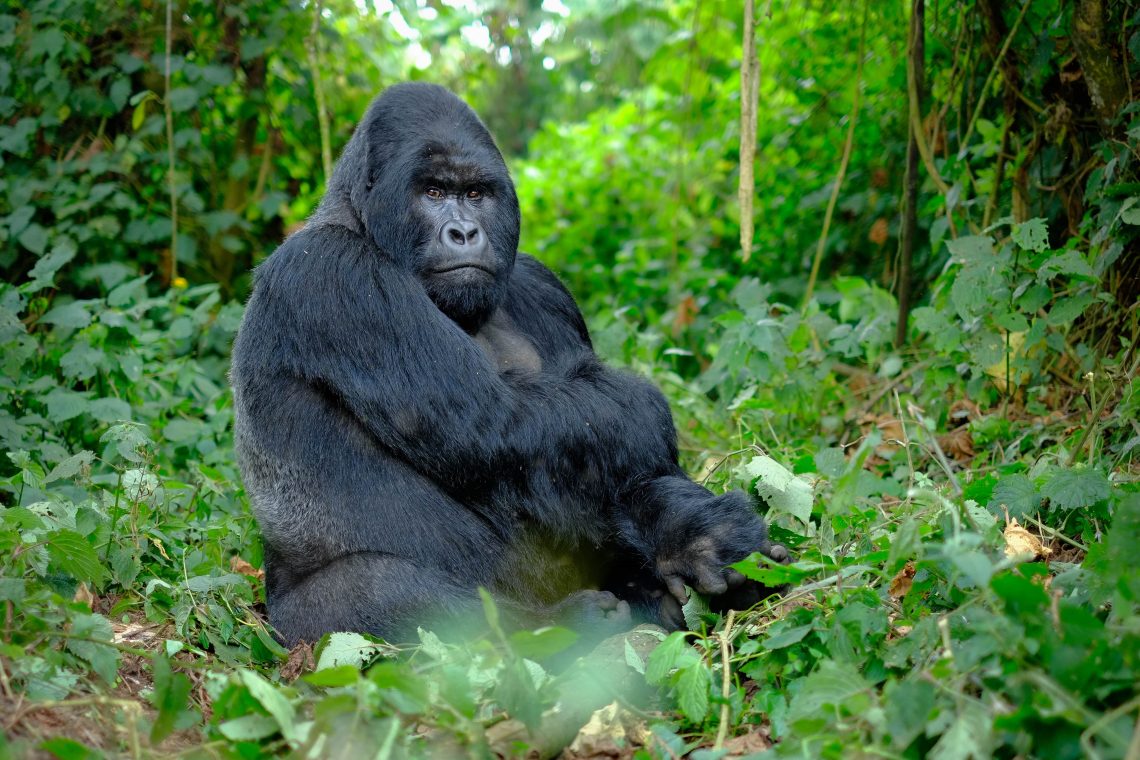
Why are Mountain Gorillas Poached?
The answer isn’t immediately obvious, is it?
We know that meat can be the reason for animals like sharks to be killed. Pangolin trafficking is largely due to their use in traditional Chinese medicine. Valuable materials such as ivory may be motivation for poaching. Other animals are removed from the wild to join the pet trade.
But what does a mountain gorilla, a creature so like us in so many ways, have to offer? Why are mountain gorillas poached?
I’ve done a bit of digging.
And, spoiler alert, this one actually has a pretty happy ending…
What is Poaching?
Definition
Poaching is “the illegal practice of trespassing on another’s property to hunt or steal game without the landowner’s permission”.
It’s a crime. One which is driving some species to the brink of extinction.
If caught, you can be subject to some steep punishments. Whatever you are seeking has got to be worth that risk.
The Impacts of Mountain Gorilla Poaching
Mountain gorillas are found across 3 countries in Africa. These are Uganda, Rwanda and the Democratic Republic of Congo. They are at home in Virunga Mountains and Bwindi Impenetrable National Park.
Deforestation and habitat fragmentation, wars and diseases threaten both areas.
At its lowest point, in 1981, the Virunga populations totalled just 250 individuals (approximately).
Genetic variation is vital to keeping populations healthy and resilient. Killing a gorilla narrows the gene pool. As a breeding group becomes smaller, it becomes more and more vulnerable.
They reproduce slowly, meaning that even low levels of poaching are a high threat to a gorilla population.
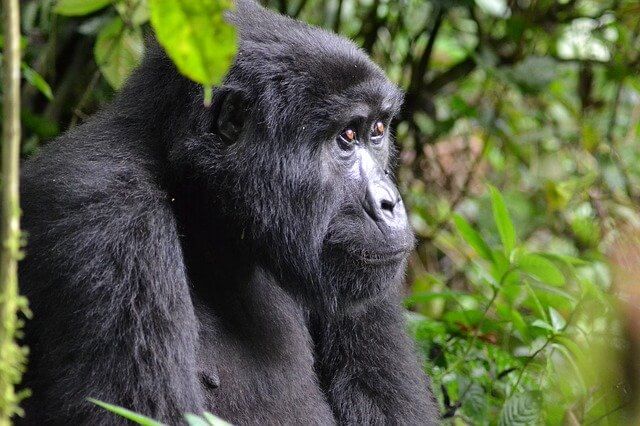
The Value of a Gorilla
Why Are Mountain Gorillas Poached?
I mentioned before, a few reasons before why you might capture an animal. Meat; entertainment; medicine; materials.
Why are mountain gorillas poached? Because of ALL these things.
Meat
Bush meat is the most obvious reason why mountain gorillas are poached.
It’s considered a premium meat. It can be sold at high prices to well-paying customers.
Some meat may be consumed by local villagers but exporting it to cities and abroad are more lucrative options. This makes the trade hard to keep a track of.
Medicine
There is a local tradition for healers who believe that they can use parts of gorillas in their work. They believe that they hold magical properties.
Entertainment
Selling live gorillas is also a hugely lucrative business.
Rich collectors and private animal “sanctuaries” will pay of premium to add a gorilla to their collection.
Trophies
Again, a collector with money to burn will pay top dollar for a trophy to put on his shelf. To satisfy this desire, body parts can be exported.
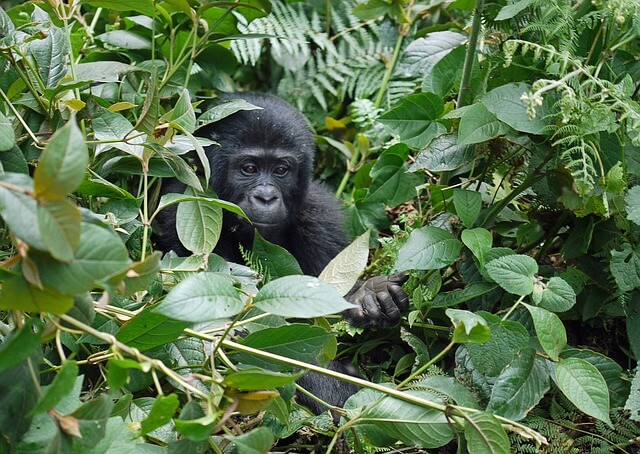
A Story of Hope
The story of the mountain gorilla is a rare beacon of hope in wildlife conservation. It’s an example of conservation where everyone wins. Protection is given to gorillas. Locals can still make their money as jobs are created.
You might have noticed that one thing ties together all the reasons for poaching: money.
The trick in conservation, is often to shift the value of a creature so that it is worth more alive and in its natural habitat, than dead or captive.
The tipping point here, was tourism.
The Power of the Paying Tourist
Tourists will pay high prices for the privilege of spotting a gorilla in its natural home environment.
The revenue from tourism can be reinvested into gorilla conservation.
Local people, including former poachers, are employed as rangers in the reserve. Rangers remove snares and provide a continuous guard in the area during daylight hours.
It pays for veterinary bills and fencing to keep the gorillas safe if they are hurt.
Revenue sharing schemes have allowed local people to receive pay-outs from the sale of tourist trips. Whilst the idea has met some stumbling blocks, it has helped by making the locals stakeholders, with something to gain from preserving the gorillas and their habitat.
The numbers of wild gorillas are now GROWING year on year. In the Virunga mountains has reached around 600 individuals. There are now about 1000 worldwide.
The story of the mountain gorillas is surely a success story for conservation.
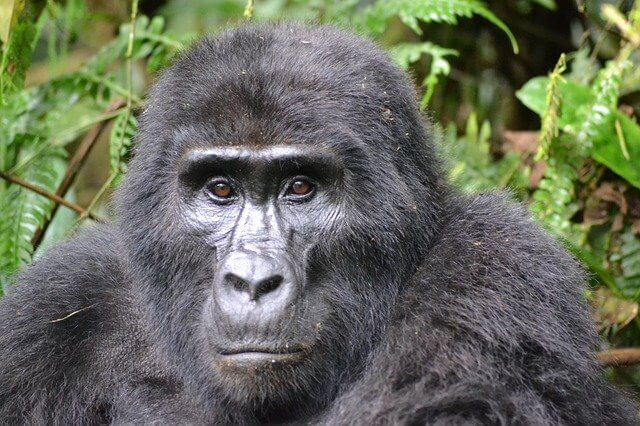
A Panacea?
There is no perfect solution.
There can only be a few short visits per day. This limits the amount of time the gorillas are in contact with humans. Plenty of people are uncomfortable with idea of inviting people into their habitat.
Poaching still happens. Every year, hundreds of snares are still removed. Perhaps the problem will never be entirely solved. However, new technologies like AI provide some hope for improved policing in future.
Social Media
A recent paper looked at the impact of YouTube, and how videos of people breaking rules around interactions on gorilla tours.
Their study found that videos that feature humans alongside the gorillas received more likes than those with gorillas alone. Those videos that featured humans touching or near-touching the animals were the most popular.
The authors were concerned that the attraction was not the gorillas themselves but the interaction. This risks the integrity of the tours by encouraging people to break rules put in place for the safety of both gorillas and humans.
Disease
The likeness of gorilla’s DNA to our own means that we are likely to be at risk from a lot of the same diseases.
Human contact with gorilla populations increases the risk of passing these diseases on.
During the Covid-19 pandemic visits had to be paused. The virus posed a risk to the animals.
Tourists should maintain at least a 7m distance from the animals. One study recorded 98% of tours in their sample breaking this rule. Another used Instagram posts to assess proximity. They recorded distances of 4m between human and gorilla in a shocking 86% of the photos sampled.
Adherence to distancing rules is vital to protect the apes from human disease.
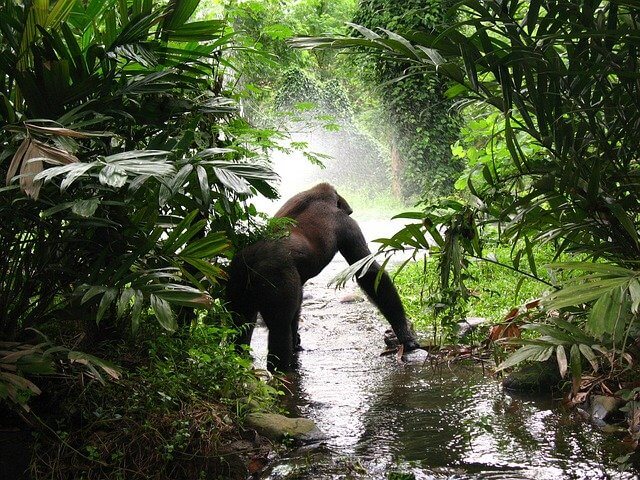
One Wild Thing
The power of responsible tourism is immense.
But if you do choose to visit Virunga or Bwindi Impenetrable Forest, please, please, please follow the rules. Listen to your guide and toe the line.
This way we keep everyone safe, human or gorilla.
We ensure that tourism remains open and available as a resource for conservation and protection.
Most of all, we ensure that gorillas remain on this Earth for future generations to love and enjoy.
Finally, if you would like to make a donation to the future of the gorillas, please consider the Dian Fossey Gorilla Fund.



